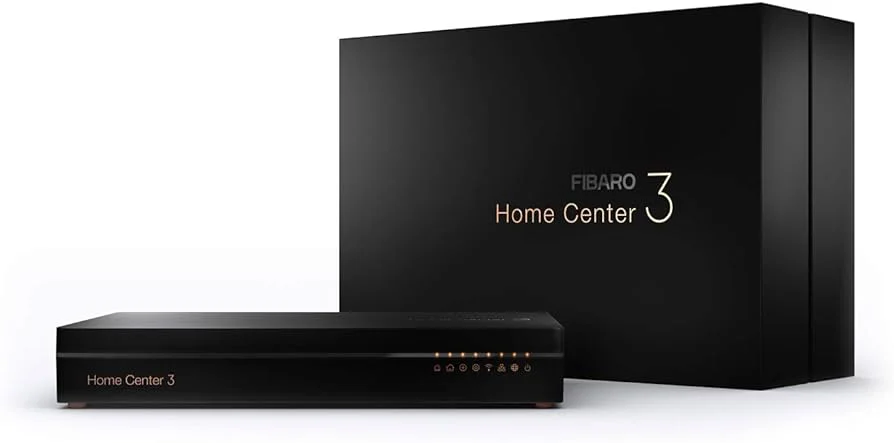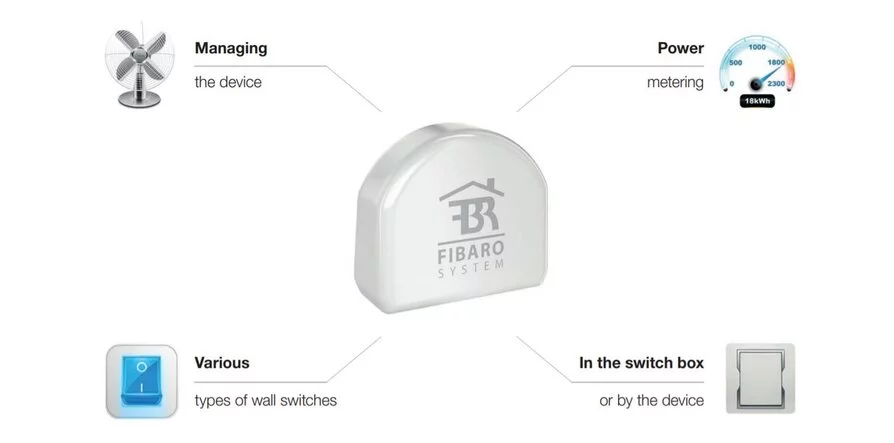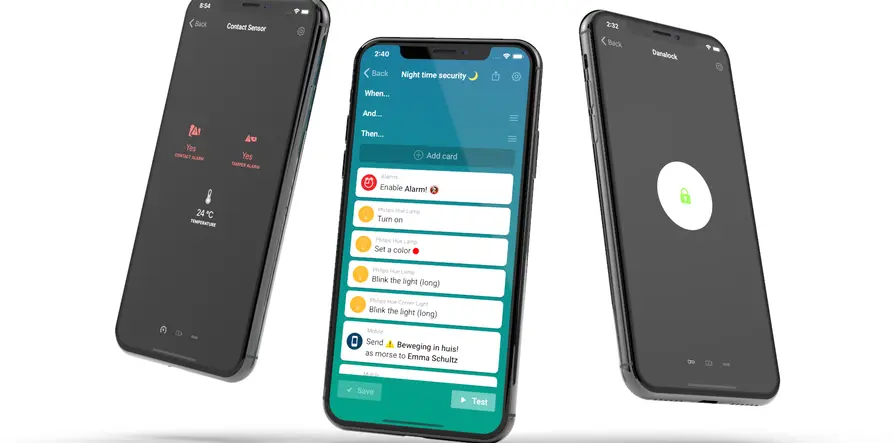Z-Wave Home Automation System
What is Z-Wave Home Automation?
Z-Wave is a wireless protocol that offers excellent compatibility and a wide range of devices. It operates on a mesh network topology, where each device acts as a signal repeater, ensuring reliable and extended coverage throughout your home.
One of the key benefits of Z-Wave is its broad compatibility. Z-Wave devices from different manufacturers can work together seamlessly, giving you the flexibility to choose the devices that best suit your needs. This opens up a wide range of possibilities for creating your ideal smart home setup.
Another advantage of Z-Wave is its low power consumption. Z-Wave devices are designed to be energy-efficient, allowing for longer battery life and reducing your overall energy consumption.
Additionally, Z-Wave offers a high level of security. With advanced encryption and authentication mechanisms, you can have peace of mind knowing that your smart home is protected against unauthorized access.

Components Of A Z-Wave Smart Home System
Z-Wave Smart home hub
This hub is responsible for communicating with your control devices, such as your smartphone or tablet, and relaying commands to the connected devices in your home.
Z-Wave Smart home Devices
These devices can include smart lights, thermostats, door locks, security cameras, and more. Each device acts as a node in the Z-Wave mesh network, allowing for seamless communication and control.
Control Device
Most Z-Wave systems offer dedicated mobile apps that allow you to access and control your connected devices from anywhere. These apps typically provide a user-friendly interface with intuitive controls and options for creating and managing scenes and routines.
Setting up a Z-Wave Home Automation System
Choose your Z-Wave hub or controller
The first step is to choose a Z-Wave hub or controller that suits your needs and budget. There are several options available on the market, ranging from basic hubs with limited features to more advanced hubs with built-in voice control and additional connectivity options. Consider factors such as the number of devices you plan to connect, the range of the hub, and the compatibility with other smart home technologies.
Select your Z-Wave devices
Once you have chosen your hub, it's time to select the Z-Wave devices you want to add to your system. Make a list of the devices you need, such as smart lights, thermostats, door locks, and security cameras, and research the available options. Consider factors such as compatibility with your hub, features, and customer reviews to make an informed decision.
Install and connect your devices
Follow the manufacturer's instructions to install and connect your Z-Wave devices. Most devices can be easily added to the system by putting them into pairing mode and using the hub's mobile app to search for and add the device. Make sure to place your devices within range of the hub or use Z-Wave range extenders if needed.
Set up scenes and routines
Once your devices are connected, you can start creating scenes and routines to automate tasks and customize your smart home experience. For example, you can create a "Movie Night" scene that dims the lights, closes the curtains, and turns on the TV with a single command, or a "Good Morning" routine that gradually turns on the lights and adjusts the thermostat to wake you up gently.
Test and fine-tune your system
After setting up your Z-Wave smart home system, it's important to test and fine-tune it to ensure everything is working as expected. Test each device and scene to make sure they are responding correctly and adjust any settings or configurations as needed. Don't be afraid to experiment and customize your system to fit your lifestyle and preferences.
Z-Wave vs other home automation technologies
When it comes to home automation technologies, Z-Wave is just one of many options available on the market. It's important to understand the differences between Z-Wave and other technologies to make an informed decision about which one is right for you. Here are some key points to consider when comparing Z-Wave to other home automation technologies:
- Range and Reliability: Z-Wave operates in the 900MHz frequency range, which allows for a longer range compared to technologies like Wi-Fi or Bluetooth. This means that Z-Wave devices can communicate over longer distances, making them suitable for larger homes or outdoor applications. Additionally, the mesh network architecture of Z-Wave ensures reliable communication even in challenging environments.
- Interoperability: Z-Wave is known for its interoperability, meaning that devices from different brands can work together seamlessly within a Z-Wave network. This is in contrast to some other technologies that require devices to be from the same brand or use proprietary protocols. With Z-Wave, you have the flexibility to choose devices from different brands and mix and match them according to your preferences.
- Security: Security is a major concern when it comes to smart home systems. Z-Wave uses advanced encryption and authentication protocols to protect your data and prevent unauthorized access. Additionally, Z-Wave devices undergo rigorous certification processes to ensure they meet strict security standards. It’s important to compare the security features of different technologies and choose the one that offers the highest level of protection for your smart home.
- Integration with other technologies: Z-Wave systems can be integrated with other smart home technologies, allowing for a more comprehensive and connected home automation experience. For example, you can integrate your Z-Wave system with voice assistants like Amazon Alexa or Google Assistant, or with other smart home systems such as Zigbee or Apple HomeKit. This integration allows you to control and monitor your devices from a single interface and create more complex automation scenarios.
Z-Wave Smart Home Pros & Cons
Z-Wave Pros
- Compatibility: Z-Wave is designed to work with a wide range of devices, including locks, lights, thermostats, cameras, and sensors, regardless of manufacturer.
- Extended Range and Reliability: Z-Wave’s mesh network allows signals to hop via the nearest nodes, drastically extending coverage and improving reliability.
- Flexibility: The Z-Wave home automation System allows for easy expansion and modification of your smart home system, as new devices can be added to your network without the need for additional infrastructure.
- Energy Efficiency and Cost Savings: Due to its low-power requirements, Z-Wave devices are highly energy-efficient, leading to reduced operational costs for the homeowner.
- Enhanced Security and Privacy: Z-Wave employs a security framework called S2, offering a high level of protection against hacking and ensuring your home’s privacy.
Z-Wave Cons
- Initial Setup Complexity: Setting up a Z-Wave smart home system can be complex, especially for technologically challenged people.


